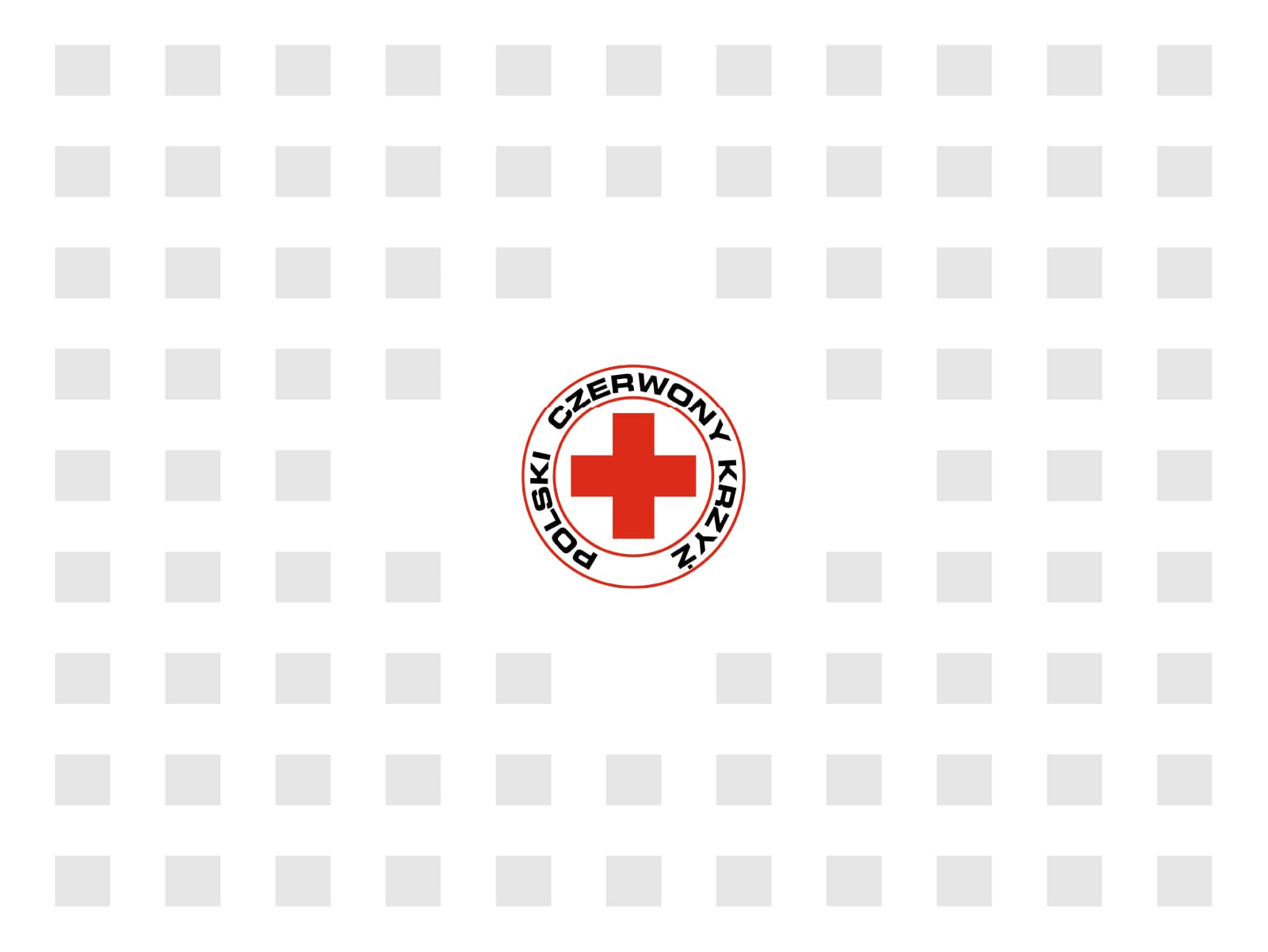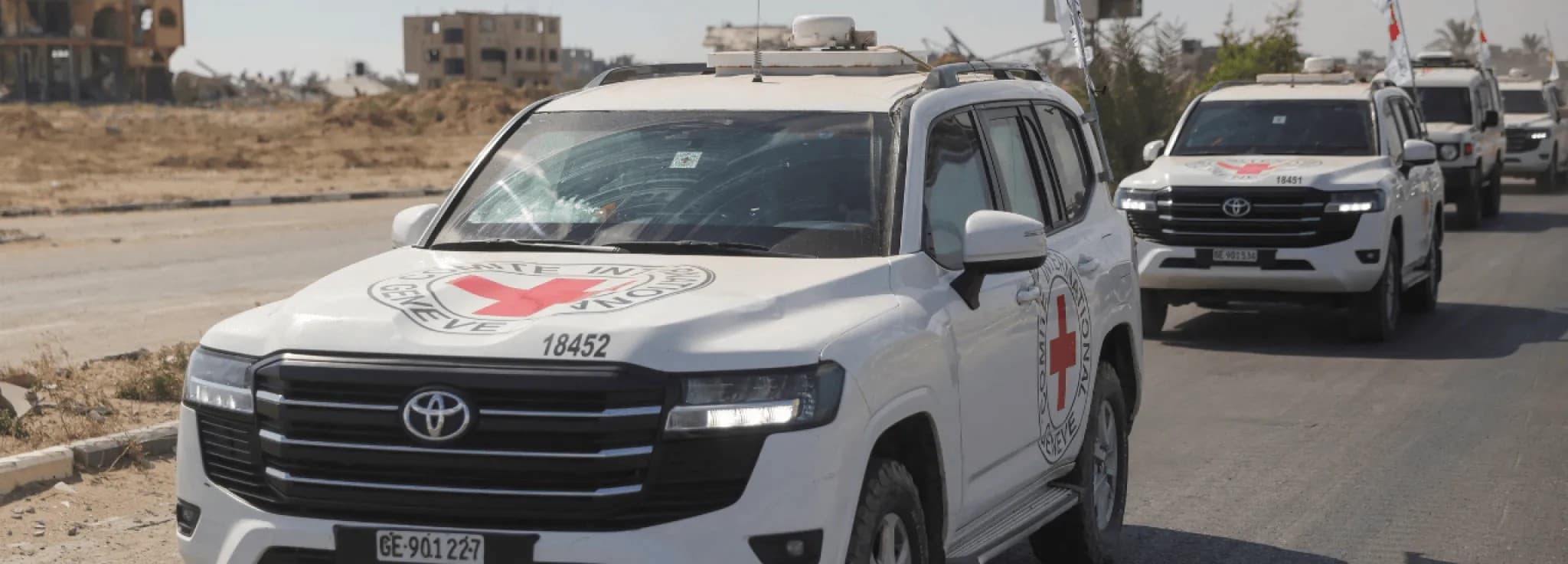International Day for the Eradication of Poverty

date
17 October 2025
category
- We are dealing with a dangerous illusion of improvement – comments Dr. hab. Ryszard Szarfenberg for the Polish Red Cross about the latest data on poverty in Poland. The author of the report "Poverty Watch 2025" refers in this way to the decrease in extreme poverty observed last year and the simultaneous increase in relative poverty. The report was published on the International Day for the Eradication of Poverty. This is particularly important for the Polish Red Cross – the organization for which combating poverty remains one of the priorities.
As the latest data indicates, the extreme poverty rate recorded in Poland dropped from a record level of 6.6 percent to 5.2 percent. The number of people living at the minimum subsistence level has decreased by about 600,000. However, the situation is still far from desirable. Any restriction on consumption can still pose a threat to the health or even life of 1.9 million Poles.
Additionally, as noted in the latest edition of the "Poverty Watch" report, there has been an increase in relative poverty (from 12.2 to 13.3 percent). The term relative poverty describes a situation in which consumption is significantly lower than the average - remaining at 50% of the national average or lower. In such a situation, there are 5 million Poles.
"Illusion of improvement", or about poverty in Poland
- We are dealing with a dangerous illusion of improvement. Yes, extreme poverty has decreased (...), but at the same time relative poverty has increased (...). Some families in poverty may finally be able to pay high bills due to the increase to 800+, statistically placing them above the extreme poverty threshold. However, at the same time, the rest of Poland, benefiting from economic recovery and wage increases, is living better and better. The gap between them is growing, along with its harmful psychosocial effects - explains Dr. hab. Ryszard Szarfenberg, chair of EAPN Poland and ATD Fourth World, author of the report titled "Poverty Watch" describing the scale of poverty in Poland.
The latest edition of the study was published on Friday, October 17 - on the International Day for the Eradication of Poverty.
As many as 975,000 people are "invisible" to the system
The study also pointed out the phenomenon of the so-called "social gap". This concerns people who, although living in extreme poverty, do not qualify for social assistance and therefore do not receive help from the state. How is this possible?
As Dr. hab. Ryszard Szarfenberg explains, "this absurdity arose because the threshold for extreme poverty increases with inflation, while the criteria for social assistance are raised every three years and not sufficiently". This can lead to a situation where a person with a monthly income of 850 zlotys is classified as extremely poor - because the threshold here is 972 zlotys - but at the same time does not qualify for benefits, as the threshold here is 776 zlotys.
This means that there is a group of people who - as Dr. hab. Ryszard Szarfenberg says - "desperately need support", but "have a problem getting state assistance for the poor". Estimates suggest that this concerns even 975 thousand Poles.

The fight against poverty is one of the key areas of the Polish Red Cross's activity
For people in similar situations, the Polish Red Cross helps through a number of diverse actions. This includes the distribution of food products. Only under the Food Assistance (European Funds for Food Aid Program 2021-2027), we distributed 3270 tons of food to those in need last year. The packages included grain products, dairy, meat, fats, ready meals, and vegetables. The number of beneficiaries reached nearly 100 thousand.
In addition to Food Assistance, we participate in programs to combat food poverty, such as Yellow Plate, Warm Meal, and Dinner Mail. We regularly support those in need through the distribution of industrial and hygiene products. We organize programs such as Gold Rush, Good Card, or Back to School Kit. In selected cities, people in homelessness crises can use the Polish Red Cross's shelters and heating centers. We also work to support the vocational activation of those in need.
However, as Dr. hab. Ryszard Szarfenberg emphasizes, for effective combat against poverty, it is necessary to "move from a policy of 'putting out fires' to a stable system". The author of the "Poverty Watch 2025" report notes that while emergency interventions "save here and now", "without systemic repair, it is a fight against windmills". - Organizations such as the Polish Red Cross should not endlessly patch up the state's holes - adds the chairman of EAPN Poland and ATD Fourth World.
Return
See also:
You are currently viewing a page filtered by content from the department. Cała PolskaIf you want to view content from Cała Polskaclick the button

